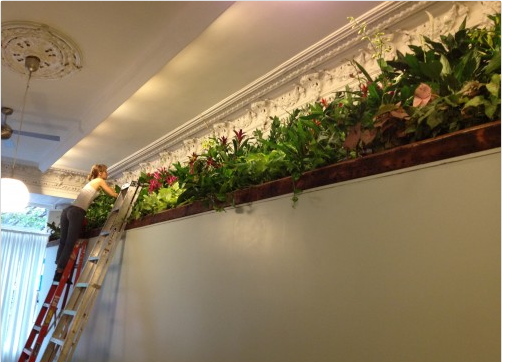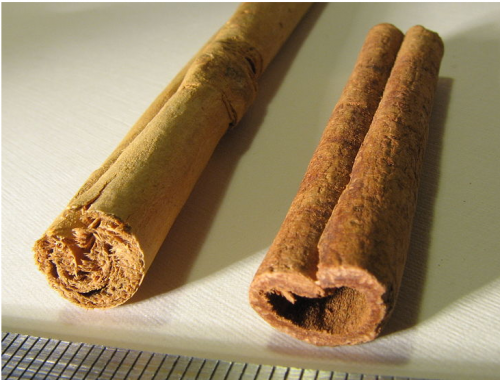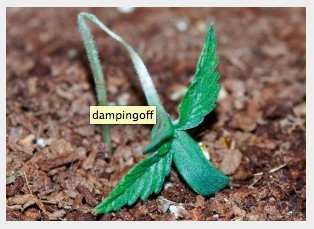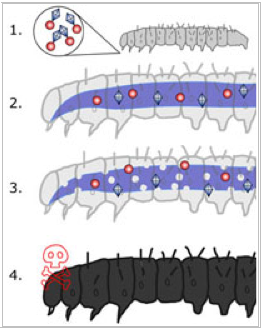As a green builder, EcoBrooklyn is a green wall installer. Recently we designed and installed two green walls in the Area Yoga studio on Montague St. in Brooklyn, one in the entry office and one in the studio itself. The luscious plants beautifully enhance the serene and calming vibe of the space and allow for an escape from the stressors of urban life. The cascading vines and tropical hues transform the studio into a peaceful haven.

The system we created uses soil with high organic matter content to nourish the plants. Many of them are of tropical origin and therefore have high nutritional needs. In addition, the studio is hot and humid, a requirement for both the plants and the activity type it was designed for. Our building philosophy embraces low-impact building, and as such we do not use pesticides to keep the plants flourishing. Additionally we allow organic matter to compost on site. The wall is irrigated by a gray water system that keeps the soil generally moist.
While the conditions in the studio are ideal for both the yoga participants and the plants on the green wall, they also provide a welcoming environment for fungus gnats. The gnats feed on organic debris, fungi, algae, and nibble on the small roots of plants.
We have developed a multi-layered plan to keep the gnat population at bay. Much like our plant-based mosquito repellent service, we rely on natural sources of gnat control to diminish the population.
Like our mosquito treatments, we attack all stages of the gnat’s life cycle. Fungus gnats have larval, pupae, and adult stages.
Anti-larval treatments
1) The primary treatment involves the use of cinnamon. We are using a cinnamon spray (cinnamon bark, cinnamon oil, water, and baby shampoo to reduce surface tension) applied twice a day to deter the gnats and create an uninviting environment for them. Cinnamon is a fungicide, reducing the larvae’s food supply.
There are two types of cinnamon: ceylon (cinnamomum verum), and cassia (cinnamomum burmannii). Most cinnamon found in conventional North American stores is cassia, but this form is not a fungicide.

2) We are also using Summit mosquito/gnat bits, with the active ingredient bacillus thuringiensis subspecies israelensis. These bacteria are a biological control for larval Dipterans such as mosquitoes and fungus gnats due to the presence of cry toxins. When fungus gnat larvae eat bacillus thuringiensis (Bt) crystals, the cry toxins bind to receptors in the gut and the larvae cease to eat. The gut wall breaks down and the toxin spores and other gut bacteria enter the larvae’s body, which results in death.
The bits are scattered throughout the soil and replenished every two weeks.
Bt does not affect beneficial insects or plants and is a naturally occurring soil bacterium.
According to the EPA, thirty years of widespread Bt use has produced no confirmed reports of immediate or delayed allergic reactions despite significant oral, dermal, and inhalation exposure to the product. Bt has not been found to affect the endocrine or immune systems. Although it does not proliferate in aquatic habitats, it should not be applied to drinking water.
Studies have shown no toxicity or pathogenicity to birds, non-target insects, honeybees, freshwater fish, and estuarine and marine mammals. However, it has been found to be moderately toxic to Daphnia freshwater invertebrates and is under further study. Since our affected site is an indoor planting site, in this particular case we are not concerned about the affect on Daphnia species.
Anti-adult treatments
1) We have applied yellow sticky pads on wire stems hidden within the foliage. The gnats are attracted to the color. We change these out when the surface area of the pad is covered.
2) We have filled jars with apple cider vinegar with a couple drops of baby shampoo or dish soap to break the surface tension. We poke a couple holes in the lids to allow the fungus gnats in but not out. The jars are better for office spaces and bathrooms, and seem to be quite effective.
Additional treatments:
1) ‘Damping off’ is a condition cause by fungi such as Phtophtora and Pythium. The gnats help the fungi proliferate. The fungi infect seedlings and result in a constricted stem and eventual death. The condition can be prevented by the application of chamomile tea. Although this does not attack the gnats themselves, it treats a related condition.

2) Adult fungus gnats like to lay eggs in moist soil. We recommend applying a sand topsoil, which drains quickly and thus prevents the laying of eggs.
3) Sliced raw potatoes placed throughout the affected area attract larva. These can be deposed of and replaced as often as is deemed necessary (they can get pretty infested).
We have been treating the green walls for about two weeks now, and have noticed a huge decrease in the fungus gnat population. The workers and customers at the studio have also had positive reports. Not only is the cinnamon spray affective, the aroma of cinnamon pervades the space and complements the character of the studio. EcoBrooklyn will continue to test natural methods of insect control at its job sites.


